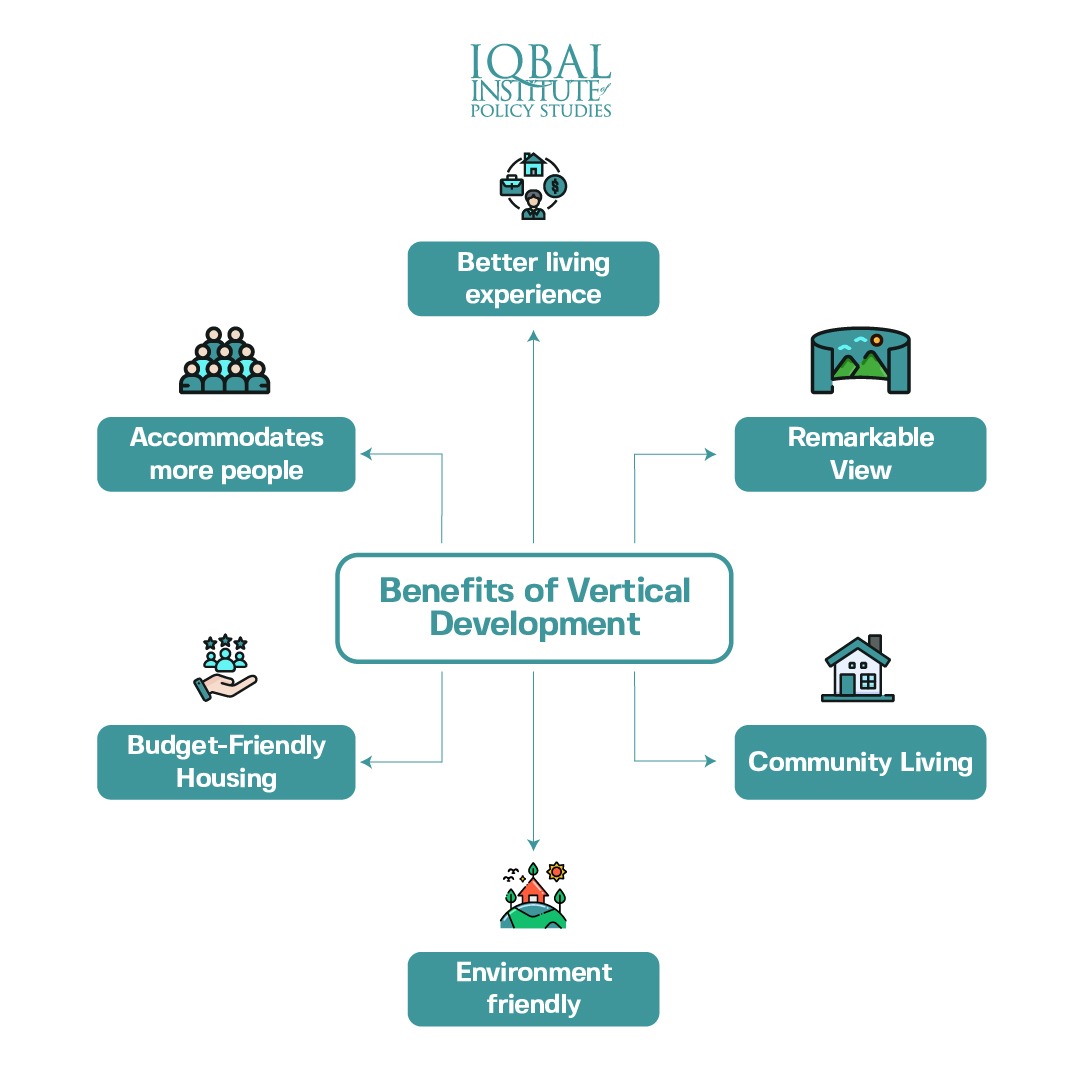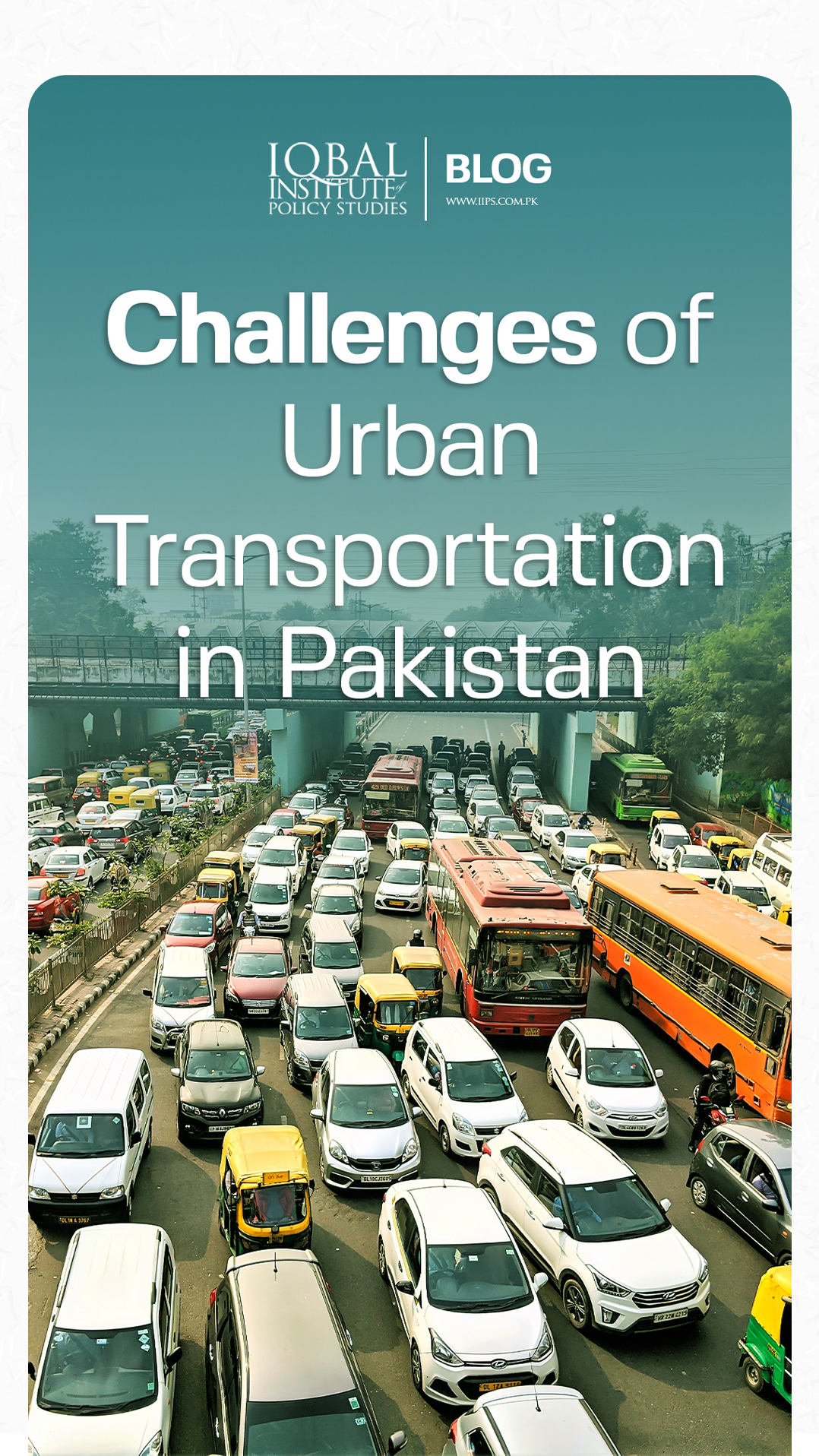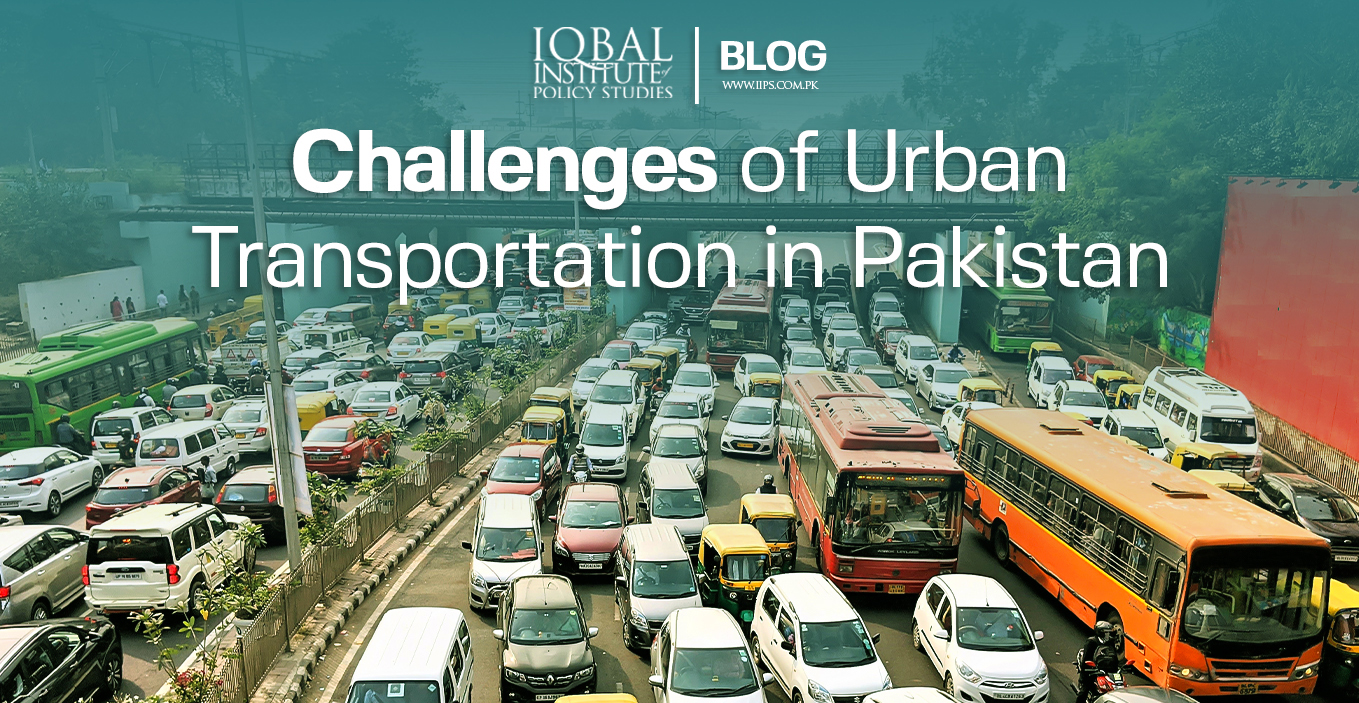Introduction
The rapid growth and modernization of urban economies and the subsequent stress on urban transport has created a plethora of issues for the urban transportation sector of Pakistan. The existing road network does not have the structural capacity to accommodate the growing number of vehicles. Most of the population cannot afford personal vehicles and have to rely on public transport. However, the public transportation system is fragmented, making inter-city travel a huge hassle. The non-uniformity of transportation services in urban areas has led to increased travelling uncertainty and delays. Moreover, increased fossil fuel consumption has led to growing air pollution and environmental degradation in the surrounding areas. The challenges posed by the current urban transport system reflects its unsustainability and forces the government to adopt alternative, more sustainable means.
This blog highlights some of the main challenges of urban transportation in Pakistan.
Traffic Congestion
Traffic congestion is one of the biggest challenges the transportation sector faces today. An increasing vehicle density in Pakistan has led to severe traffic congestion on poorly planned and built roads. The current road infrastructure is not capable enough to accommodate the growing number of vehicles. According to estimates, 250,000 cars are being registered every year in Pakistan. Most of these cars are assembled by Japanese car making companies. Besides cars, motorbikes have the majority share (74%) of the total vehicle share in Pakistan’s transportation sector, followed by cars at 13%.
On the other hand, Pakistan’s road network is 263,000 km with 12,500 km of national highways and 93,000 km of provincial highways, with the remainder classified as either district or urban roads. The national highway network is less than 5% of the total road network and caters to about 80% of the commercial traffic. This shows the lack of infrastructure in Pakistan’s urban transport sector for the proper accommodation of all vehicles utilising the transport network.
Travelling Uncertainty
A broken urban transportation system leads to travelling uncertainty. People travel from one part of the city to another or even between cities for education, employment, health, or other reasons daily. Traffic congestion and the unavailability of affordable and accessible vehicles can limit transportation options for millions of people. This reduces the ability of individuals to approach opportunities, thus, marginalizing certain income demographics. As a result, these factors snowball to create travelling uncertainty for a large demographic. This has a particular impact on the tourism sector of Pakistan. Pakistan experienced an increase in its local tourism after the COVID-19 restrictions were removed last year. However, travel uncertainty in the northern regions has also restricted many tourists from planning their visits, ultimately leading to a decline in tourism revenue.
Unsustainable Oil and Gas Consumption
Most vehicles in Pakistan consume fossil fuels as their primary source of energy. This has a significant impact on the environment and is a major cause of rising air pollution levels in all metropolises in Pakistan. The consumption of petroleum products stands at 19.68 million tons per year. A considerable amount of fossil fuel such as petroleum and LNG has to be imported to meet this demand. Globally, developed countries have shifted to renewable energy sources like solar and wind-based electricity. The availability of fossil fuels is finite, and their unsustainable consumption also harms the environment.
Pollution and Rnvironmental Degradation
Increasing urban traffic and congestion leads to air pollution and environmental degradation. According to research conducted on air pollution from traffic in the United States, roughly 17,000 to 20,000 people die yearly from traffic air pollution. A similar situation is observed in Pakistan, where thousands of people die from breathing polluted air due to dense and unregulated traffic emissions. With the growing population and increasing number of vehicles, environmental degradation and air pollution pose a serious threat to people’s health. Pakistan’s urban transportation system needs to adopt environmentally sustainable forms of transportation like hybrid and electric vehicles to reduce emissions and prevent air pollution.
Lack of Parking Infrastructure in Pakistan
Another problem facing Pakistan’s urban transportation system is the lack of an adequate parking infrastructure to accommodate its vehicles. Due to increased car ownership, lack of sufficient parking space, and availability of public transport options, parking has become a source of contention for many people. In public places like airports, bus stops, retail malls, and bazaars, parking spaces are not planned according to the traffic they are expected to receive. This results in a menace for drivers and severe traffic congestion daily.
Affordability and Accessibility of Urban Transportation
The current urban transportation services provided in Pakistan are unaffordable and inaccessible. Owning a vehicle to commute is an expensive pursuit for lower- and middle-income classes and thus a financially unsustainable option. The cost of a used car below 800 cc starts from 5 lac up to 10 lac, excluding maintenance and fuel costs. Public transportation in metropolitan cities has been hitherto scarce, with lower-income individuals relying on local wagons for their commute. Since 2013, the government has introduced Bus Rapid Transit (BRTs) in major metropolitan cities of Pakistan. Although these megaprojects quickly became popular with the public, the mode of transportation is still inaccessible for a large majority of the people in the metropolises.
International Best Practices
Globally, urban transportation can be improved by increasing accessibility and connectivity for better traffic flow and mobility. While transport plays a critical role in the economy, it cannot improve its processes without other sectors’ help. The local government needs to revisit urban development goals and adopt a transformational approach for compact and connected urban growth. This can be achieved by increasing mix-use land development where people can live, work, study, and shop without excessive travel along with city-wide public transport. Cities like Singapore, Hong Kong, Abu Dhabi, and Cairo use this model to customize their public transport based on urban development goals.
Cities can benefit from an integrated and efficient use of existing resources for developing countries like Pakistan that allows social inclusion and greater prosperity. For instance, cities like Ahmedabad, Addis Ababa, and Dar es Salaam, with large lower-income populations, have established compact transit systems to ensure the social inclusion of their lower-income demographic.
Conclusion
Pakistan’s urban transportation sector faces several issues that impede its ability to provide transport and commute to citizens. A lack of inadequate infrastructure that can accommodate the growing number of vehicles is a need of the hour. The existing urban infrastructure is inaccessible and unaffordable for the lower-income demographics. Urban planners need to reorient the goals to reduce long commuting hours for employment, education, or daily life activities. Moreover, Pakistan’s urban transportation landscape needs to learn from developed countries and design its framework for sustainable urban transportation.
New Traffic Management System on Expressway Comes into Force
Pakistan’s Performance on SDG 11: Sustainable cities and communities
Two Megaprojects Planned for Rawalpindi: An Analysis




Leave a Reply